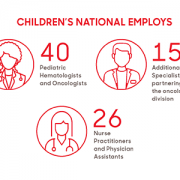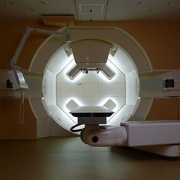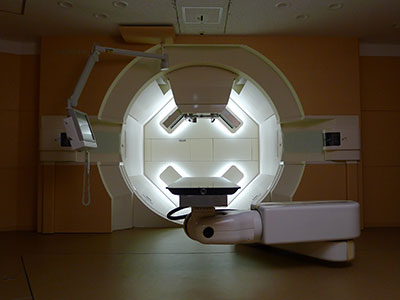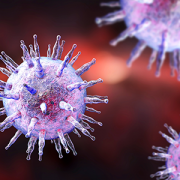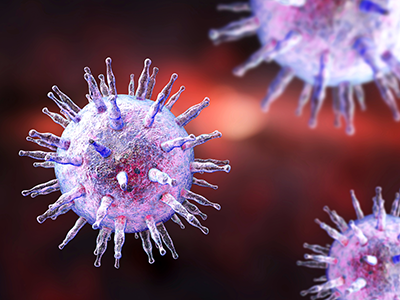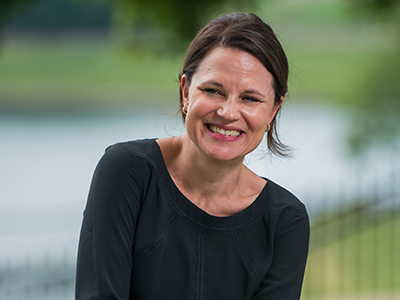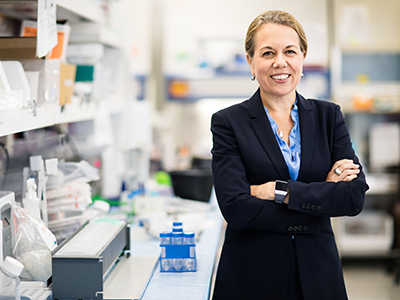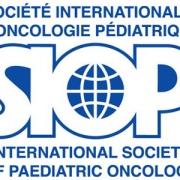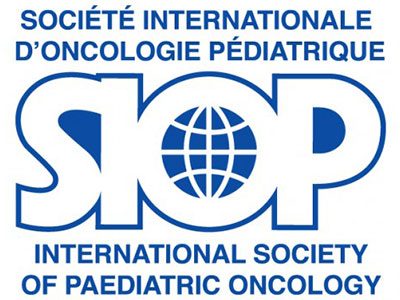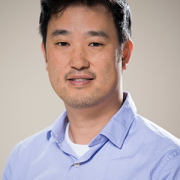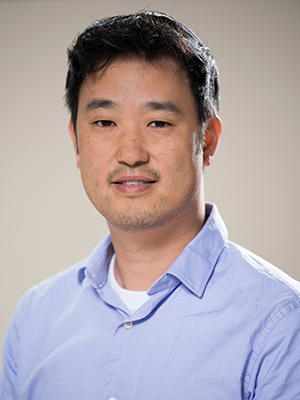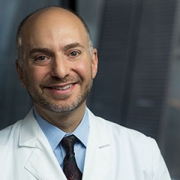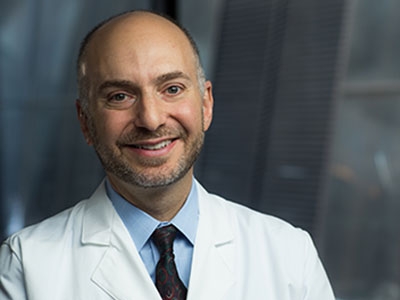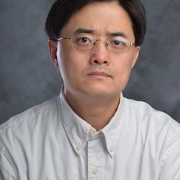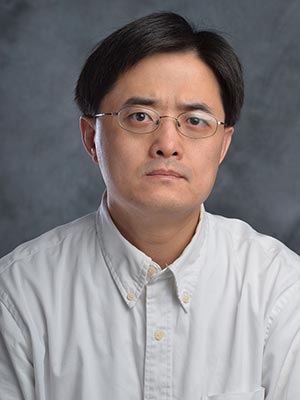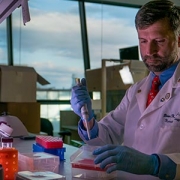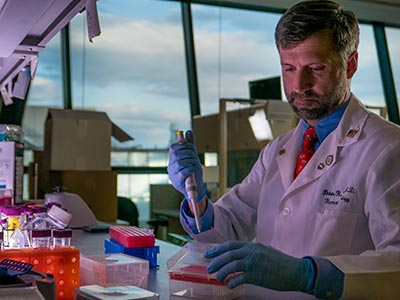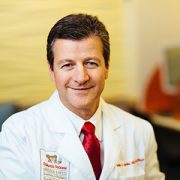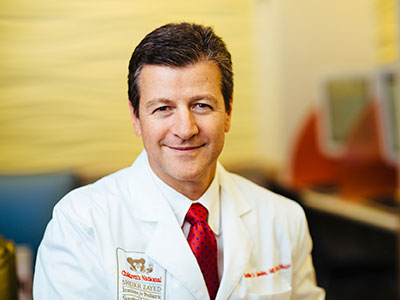NIH $4 million grant funds new core center for childhood cystic kidney disease

The University of Alabama at Birmingham (UAB), in collaboration with Children’s National Hospital has received a five-year, $4 million grant from the National Institute of Diabetes and Digestive and Kidney Diseases, part of the National Institutes of Health (NIH) to create a core center for childhood cystic kidney disease (CCKDCC). The UAB-CCKDCC will conduct and facilitate research into the causes of and possible treatments for cystic kidney diseases, particularly those that present in childhood.
The UAB/Children’s National grant is a U54 center grant, an NIH funding mechanism to develop a multidisciplinary attack on a specific disease entity or biomedical problem area. With this grant, UAB joins with investigators at the University of Kansas and the University of Maryland-Baltimore as part of the NIH Polycystic Kidney Disease Research Resource Consortium. The NIH describes the consortium as a framework for effective collaboration to develop and share research resources, core services and expertise to support innovation in research related to polycystic kidney disease.
“Infants with childhood cystic kidney disease may develop kidney failure within a few years after birth and some need dialysis and kidney transplantation before they reach adulthood,” said Lisa Guay-Woodford, M.D., director of the Clinical and Translational Science Institute at Children’s National and co-director of the UAB-CCKDCC. “In many cases, the earlier the onset of symptoms, the more severe the outcome.”
“The intent is to accelerate the science and advance research into new therapies for cystic kidney disease through enhanced sharing of resources and the establishment of a robust research community,” said Bradley K. Yoder, Ph.D., professor and chair of the UAB Department of Cell, Developmental and Integrative Biology and co-director of the UAB-CCKDCC. “Childhood polycystic disease can be a devastating condition for children and their families.”
The UAB-CCKDCC will focus primarily on childhood polycystic kidney disease, a condition that affects about one in 20,000 infants in the United States. The center’s primary goals are:
- Provide the Polycystic Kidney Disease Research Resource Consortium members with access to phenotypic, genetic and clinical information and biomaterials from CCKD patients
- Analyze pathways involved in cyst pathogenesis through the generation of verified genetic model systems and biosensor/reporter systems
- Assess the impact of patient variants on cystic disease proteins through generation and validation of innovative models
- Provide ready access to biological materials from genetic CCKD models
- Develop efficient pipelines for in vitro and in vivo preclinical testing of therapeutic compounds
Dr. Guay-Woodford is an internationally recognized pediatric nephrologist with a research program focused on identifying clinical and genetic factors involved in the pathogenesis of inherited renal disorders, most notably autosomal recessive polycystic kidney disease (ARPKD). Her laboratory has identified the disease-causing genes in several experimental models of recessive polycystic kidney disease and her group participated in the identification of the human ARPKD gene as part of an international consortium. In addition, her laboratory was the first to identify a candidate modifier gene for recessive polycystic kidney disease. For her contributions to the field, she was awarded the Lillian Jean Kaplan International Prize for Advancement in the Understanding of Polycystic Kidney Disease, given by the Polycystic Kidney Disease Foundation and the International Society of Nephrology.



